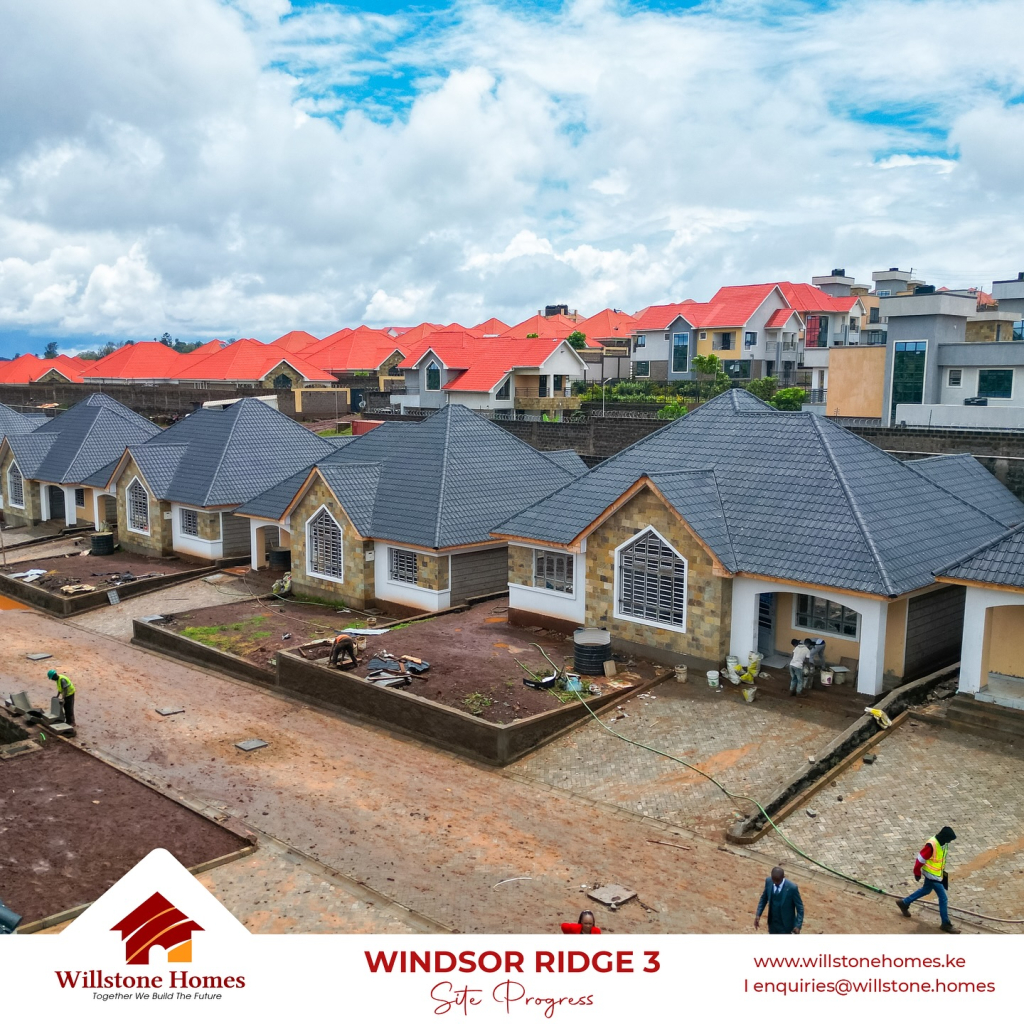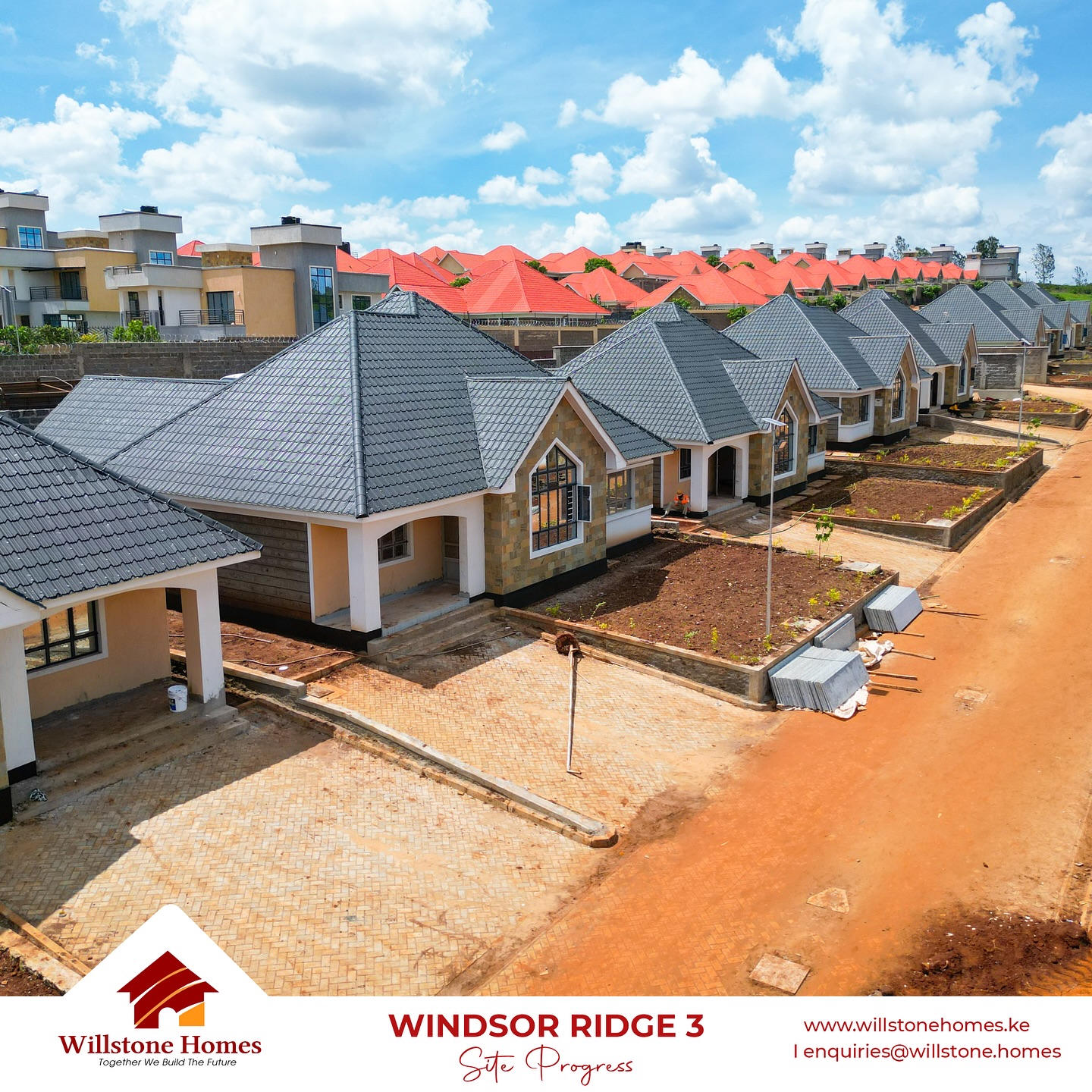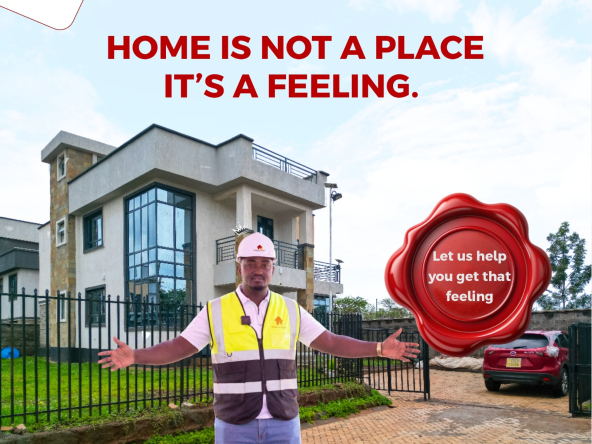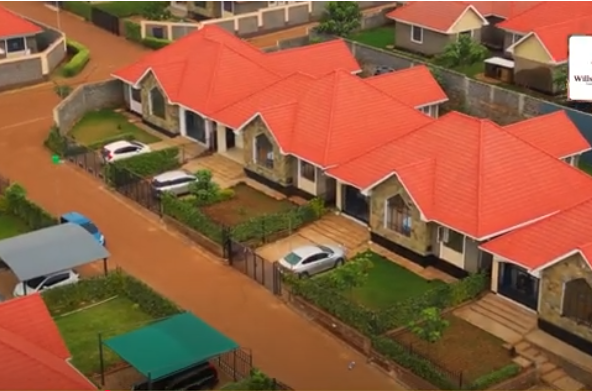A quiet revolution is taking shape on the outskirts of Nairobi, where a startup called MycoTile is turning mushroom roots into one of Africa’s most promising sustainable building innovations in Kenya. Their product—mycelium-based construction panels—is emerging as a cheaper, greener alternative to traditional bricks and cement blocks, and could reshape the future of affordable housing in rapidly urbanizing regions.
Turning Fungi Into Foundations
MycoTile uses mycelium, the root-like structure of fungi, as a natural binding agent. Agricultural waste such as husks and biomass is packed into molds, inoculated with fungi, and then grown into solid, lightweight panels. Once baked, the material becomes fire-resistant, termite-proof, and fully biodegradable.
According to AP News reports, early testing shows these panels can reduce construction costs due to their low energy requirements and cheaper raw materials. In Kenya—where construction heavily depends on increasingly expensive cement, ballast, and steel—this shift could be significant.
A Game Changer for Affordable Housing

Kenya faces a housing deficit of more than 2 million units, with urban demand growing by at least 250,000 units every year, especially in Nairobi, Athi River, Kitengela, and satellite towns along the Eastern Bypass. Traditional construction methods make low-cost housing expensive and slow to deliver.
Mycelium panels, however:
- Reduce material and energy costs
- Shorten construction timelines
- Lower the carbon footprint of real estate projects
- Can be produced locally using farm waste
For developers working on government-backed affordable housing schemes or private-sector units below KSh 1 million, the cost savings could be transformative.
Aligning Real Estate With Sustainability
Nairobi’s real estate market is increasingly influenced by environmental concerns. Developers in Westlands, Kilimani, Ruai, and Tatu City are already exploring green materials and energy-efficient designs to meet global ESG standards.
The rise of mycelium building panels in Nairobi now links Kenya’s construction sector to a global trend—biotechnology-driven architecture. Countries such as the Netherlands and the US are already piloting mycelium homes, packaging, and acoustic insulation.
Kenya is positioning itself as the first African hub to commercialize this at scale, blending innovation with local agricultural resources.
Why the Timing Matters

Kenya imports a large percentage of its construction materials or their components, making prices vulnerable to currency fluctuations. A weakening shilling, higher fuel prices, and tightening global supply chains have pushed up building costs since 2022.
Mycelium-based materials could locally replace:
- Gypsum boards
- Interior partitions
- Insulating panels
- Lightweight cladding
By cutting reliance on imports, Kenya can stabilize construction costs—especially critical as the country pushes deeper into mass housing under the Affordable Housing Programme (AHP).
Challenges Ahead
Like any new technology, mycelium construction will face scrutiny over:
- Long-term durability in diverse Kenyan climates
- Integration with building codes
- Market acceptance among developers and engineers
- Scaling production beyond pilot capacity
However, early adopters argue that as testing continues and standards evolve, mycelium could take its place alongside other modern innovations such as prefabricated walls, expanded polystyrene (EPS) panels, and interlocking stabilized soil blocks (ISSBs).
A Sustainable Future, One Mushroom at a Time

Kenya’s real estate sector is hungry for cheaper, faster, and more environmentally responsible building solutions. With global interest rising and Nairobi taking the lead, sustainable building innovation in Kenya may well be defined by a humble organism that grows beneath our feet.
If mycelium panels achieve mass acceptance, they could help shape a new generation of green affordable housing in Kenya, proving that the future of construction might come from nature itself.




